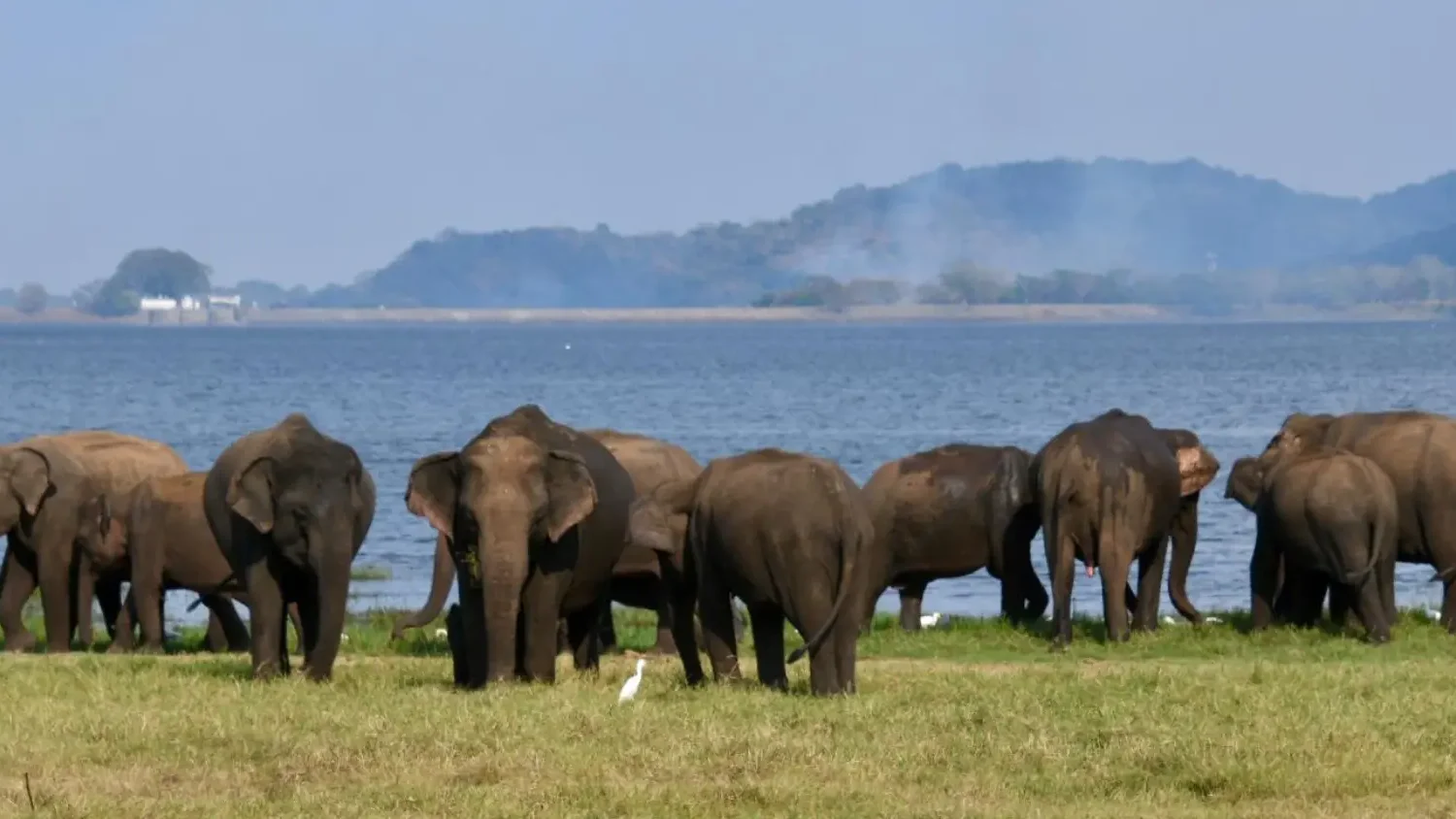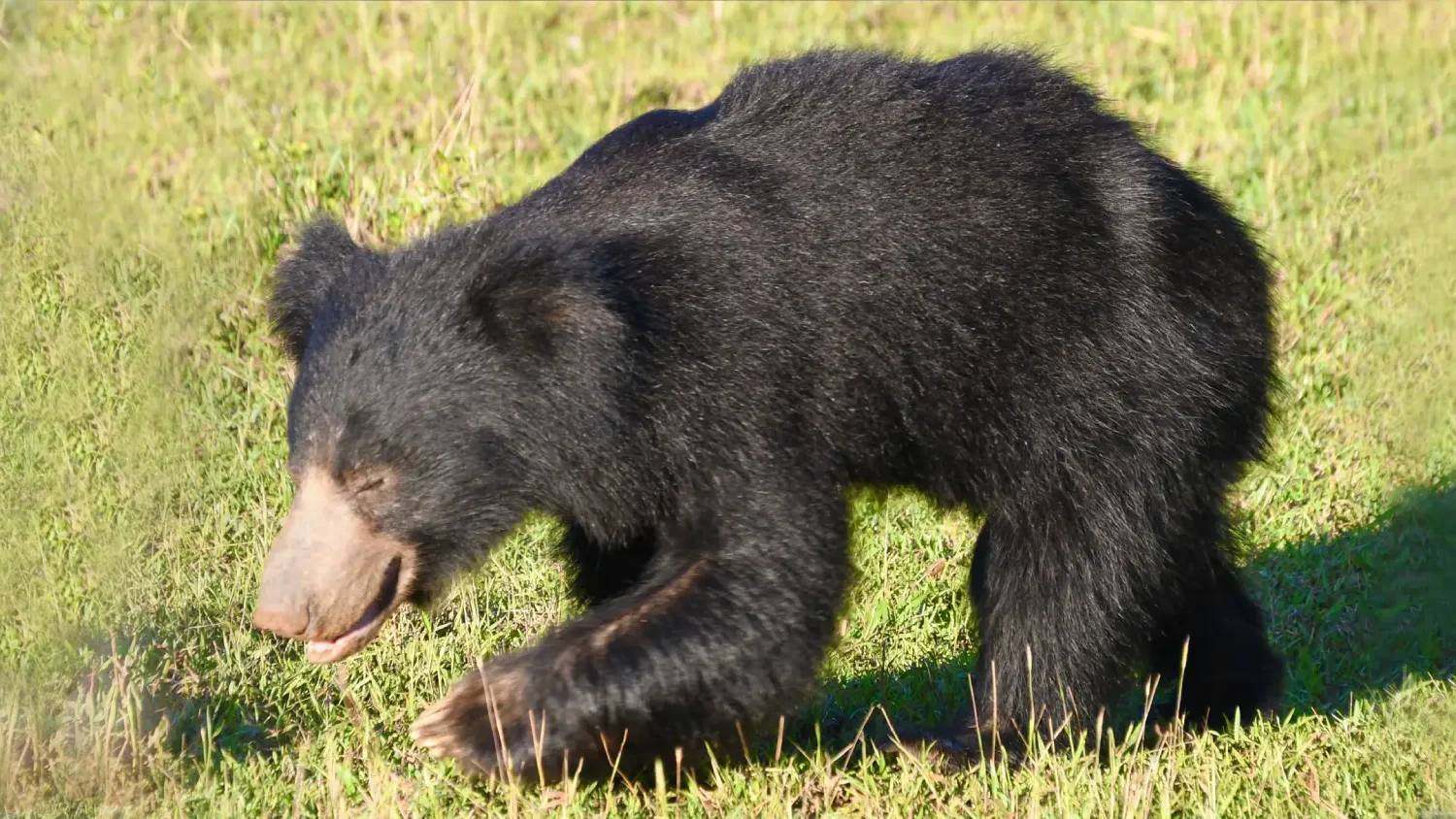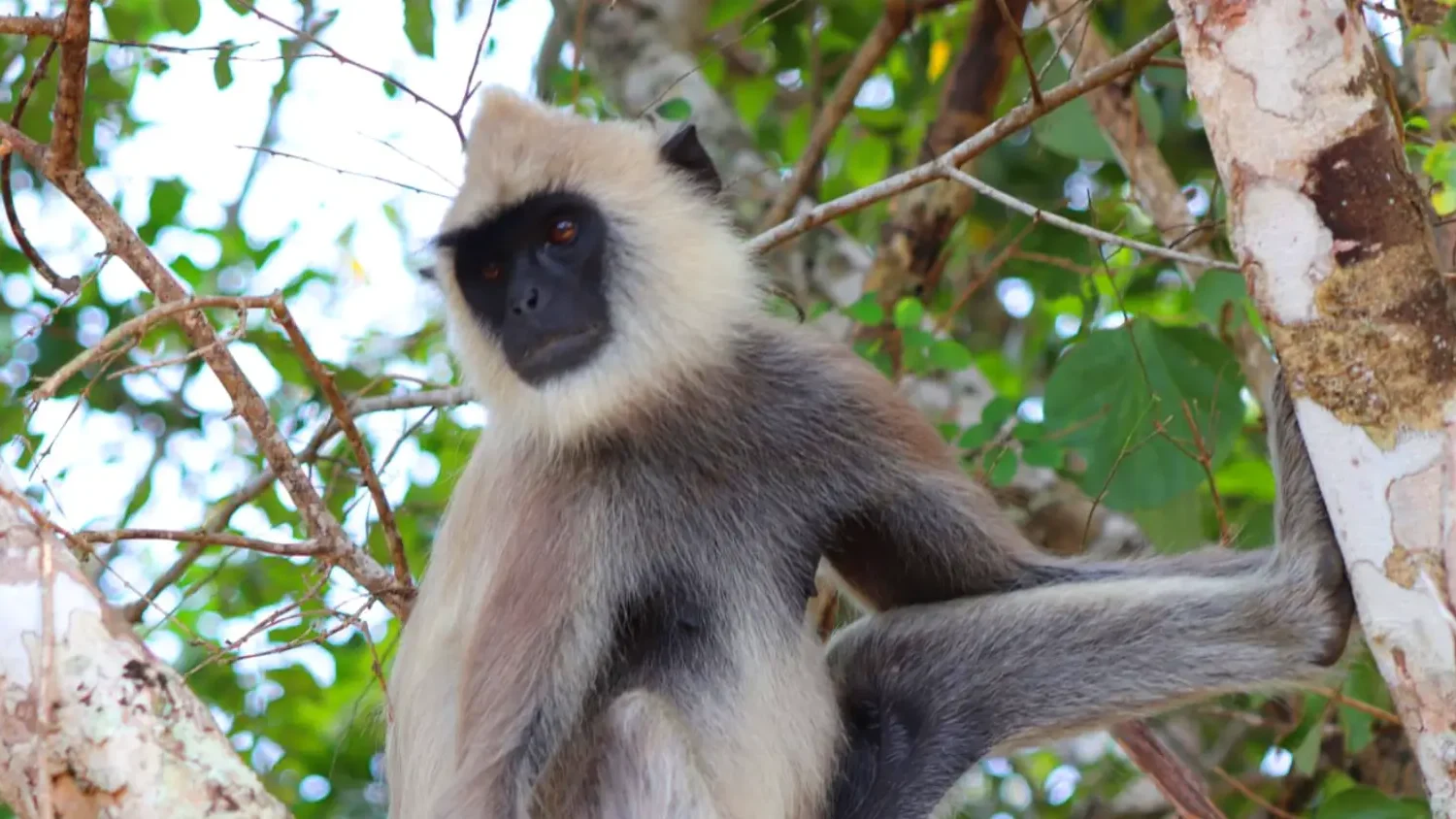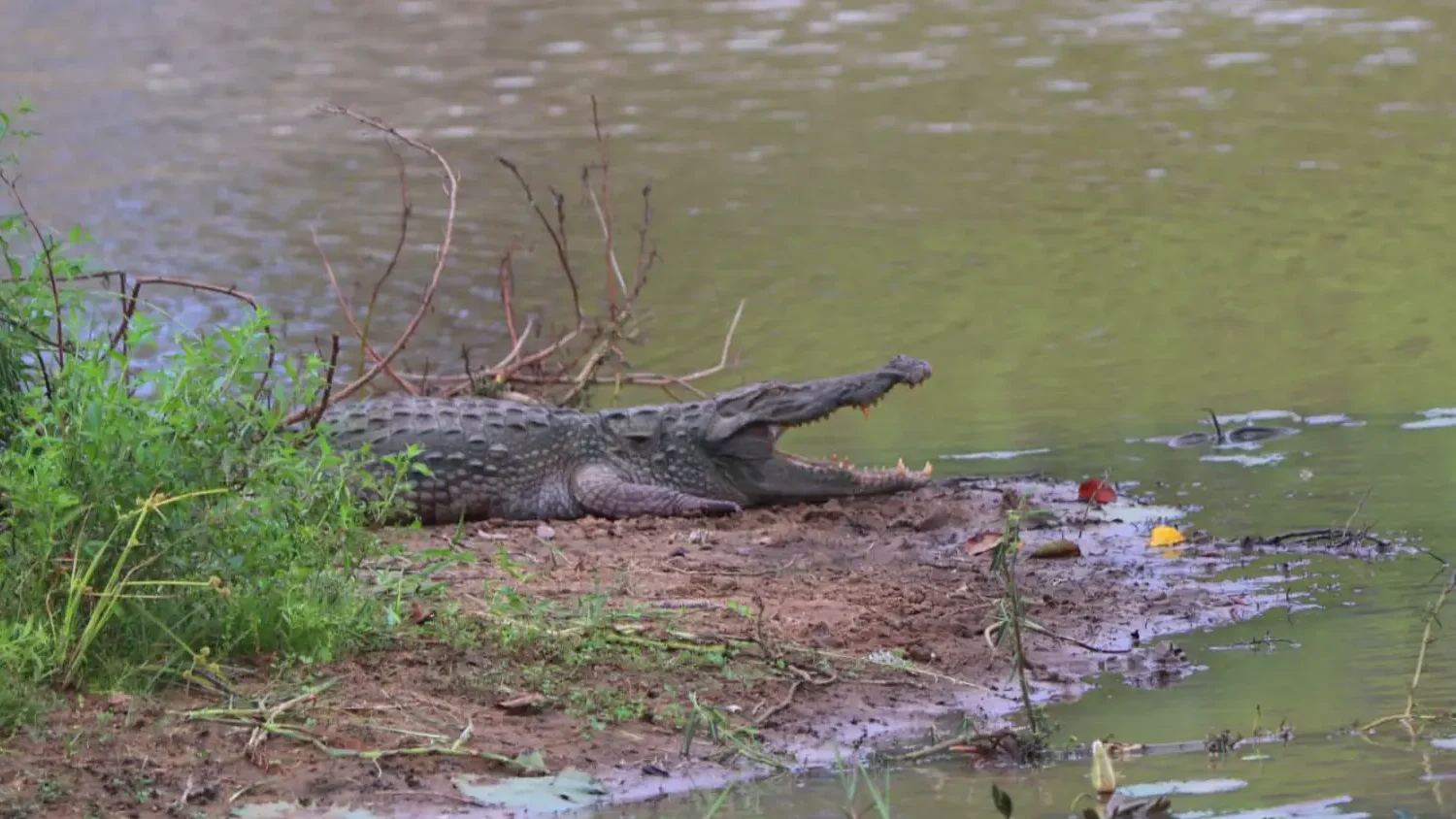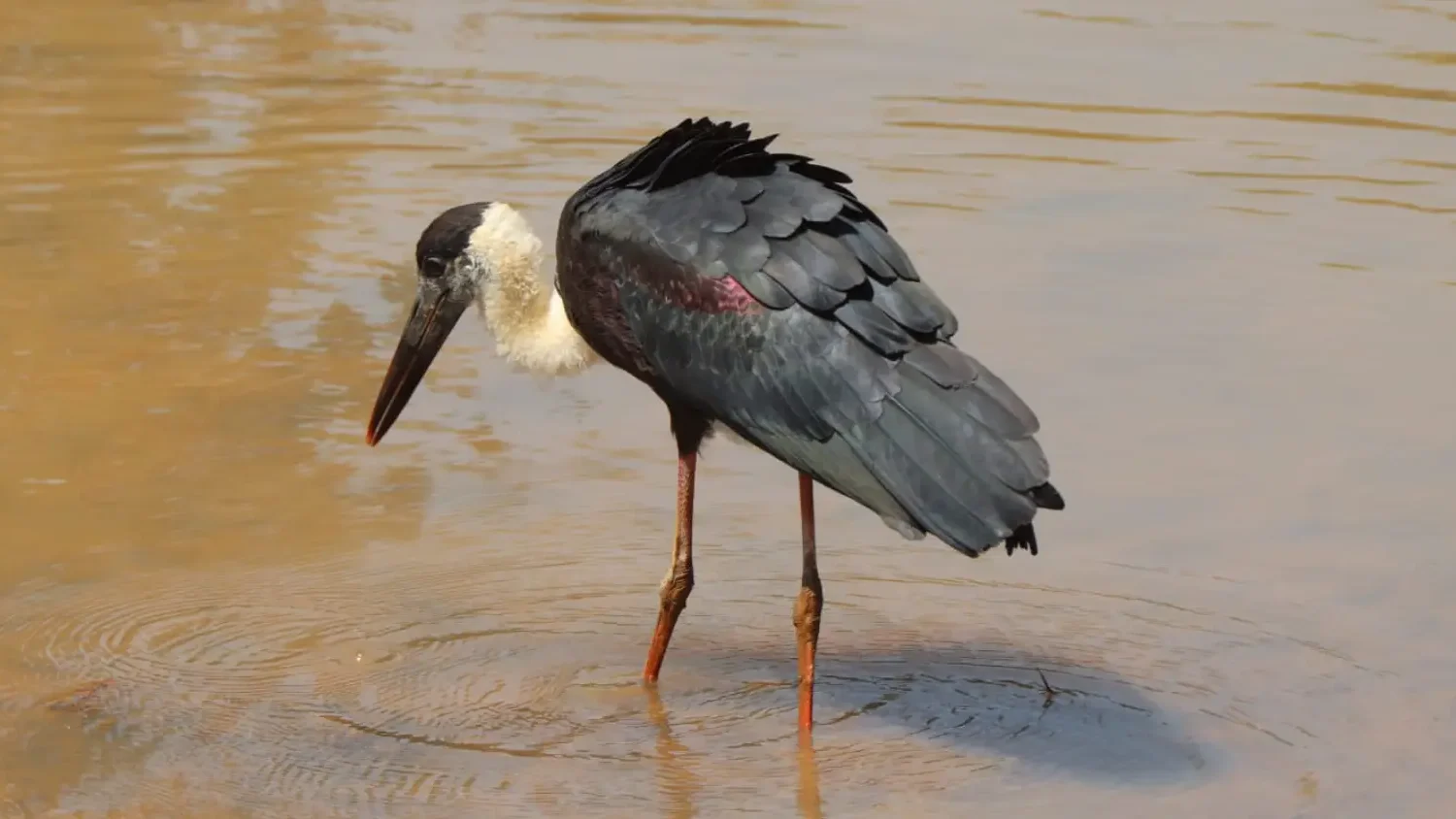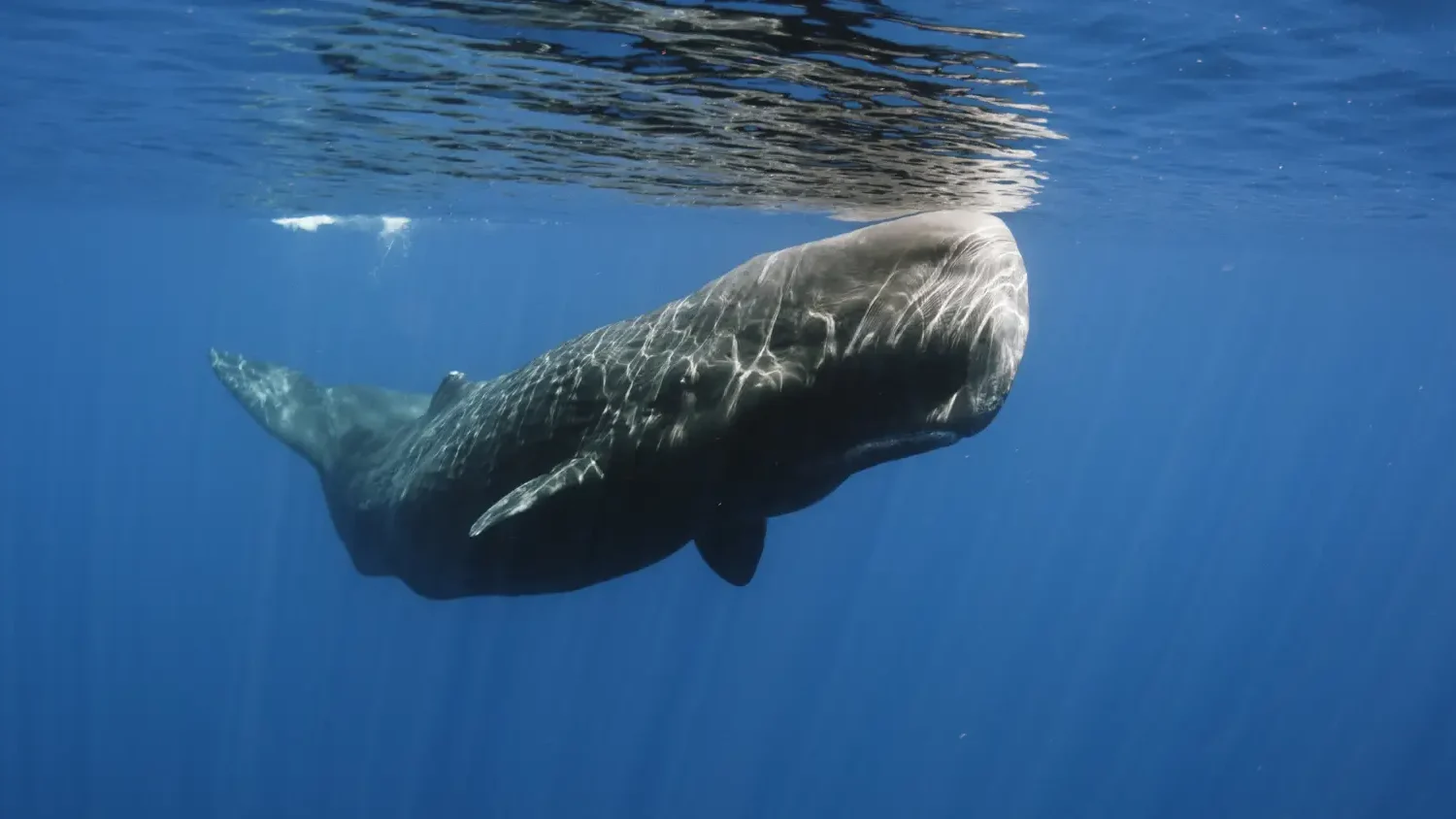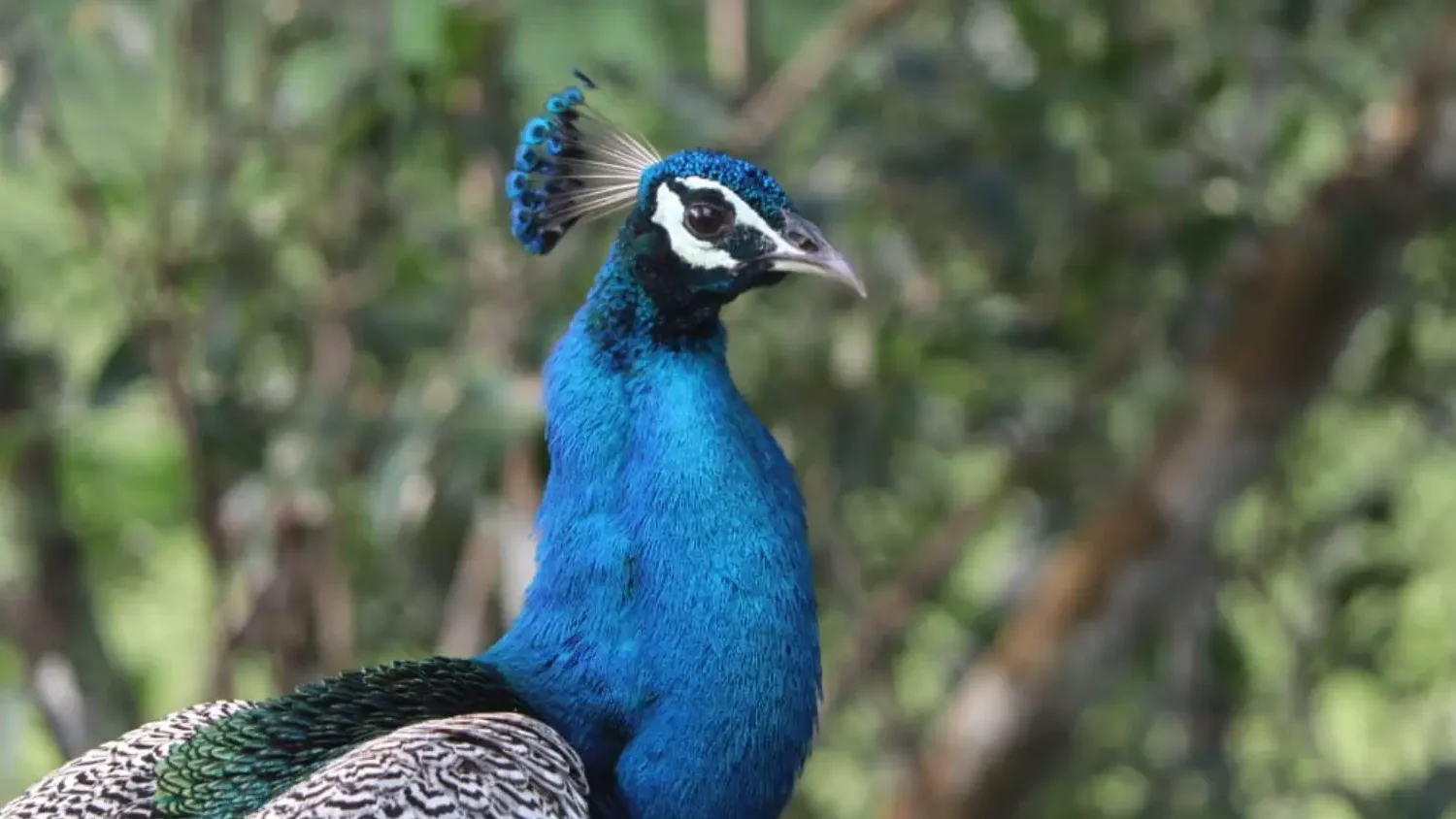National Parks’ Objectives
-
Biodiversity Conservation
National parks aim to preserve the diverse flora and fauna of Sri Lanka, including endemic, rare, and endangered species.
They protect vital habitats such as forests, wetlands, grasslands, and coastal areas, ensuring the sustainability of ecosystems.
National parks serve as sites for scientific research and environmental education, enhancing understanding of ecological processes and conservation needs.
They promote ecotourism, providing opportunities for wildlife viewing, nature walks, and educational tours, thereby contributing to local economies.


